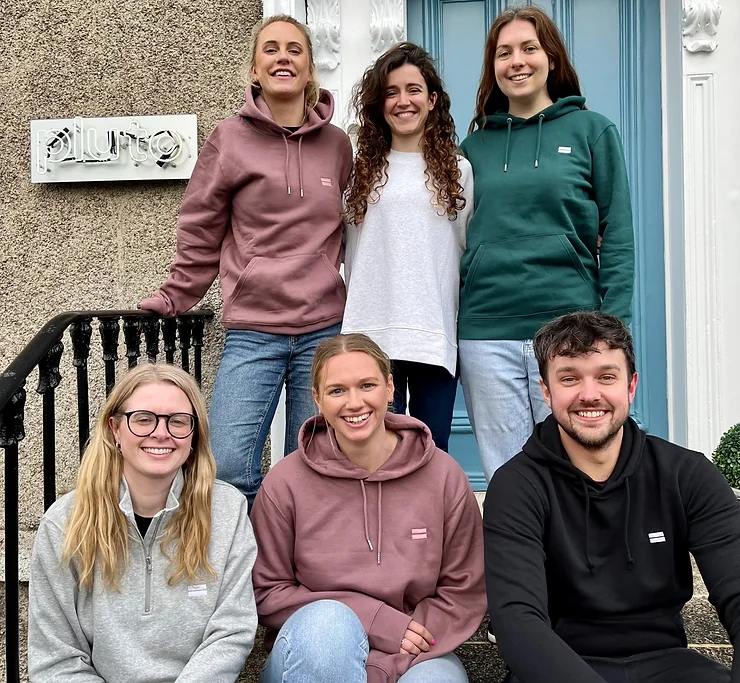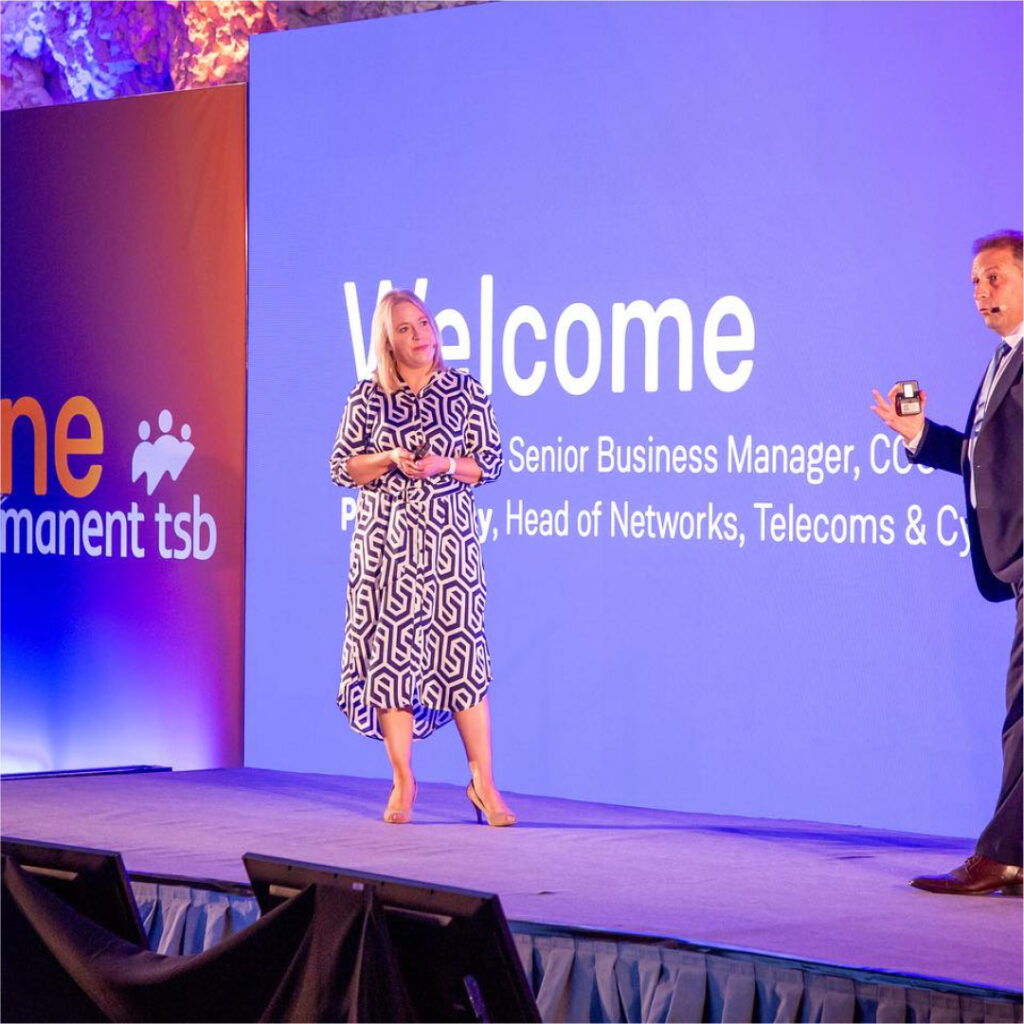Galentine’s Day? Oh, it’s only the best day of the year!
We can all thank Amy Poehler’s Parks & Recreation character Leslie Knope, for coining the phrase in her popular show back in 2010. In her immortal words, “It’s only the best day of the year. Every February 13th, my lady friends and I leave our husbands and our boyfriends at home, and we just come and kick it, breakfast-style. Ladies celebrating ladies. It’s like Lilith Fair, minus the angst.”
Since first coined in 2010, Galentine’s Day has become a massive social media phenomenon, with women celebrating their female friendships all over social media. Infact, Galentine’s Day almost has the same amount as mentions online as Valentine’s Day, according to Synthesio.
Brands have also jumped on the holiday recent years, producing some stellar campaigns to rival that the big V-Day the following day.
We run through some of our favourites, and what you can learn from each strategy.
1. Penguin Books – #EveryWoman
Penguin Books launched a simple but effective campaign on social media, which made a big impact.
They asked followers to name and celebrated the women that inspire and empower them. For every tweet, Penguin would donate one book to Women’s Aid.
User-generated content – followers had to share content in order to take part, but that’s easier said than done. Almost every brand tries to make their campaign go viral but asking people to create their own content around it, but 99% of these fall flat.
Why did it work?
This campaign has three key ingredients to social media magic.
- It’s emotive.
- Philanthropic – The same reason why ice bucket challenge was so successful. Everyone wants that fuzzy feeling of helping those in need.
- Appeals to Ego – Ego is not a dirty word here, everyone likes to share about themselves and the people they love.
2. 1-800-Flowers – Galentine’s Day
February 14th is 1-800-Flowers busiest day of the year – so to further expand their market, they shifted their attention to February 13th instead and created this heart-warming content campaign.
A simple concept that celebrates female friendship, this piece showcased two friends sharing what they love about each other.
Why did it work?
- Social format – these videos were produced to be bitesized and easily digestible, fitting natively on social media feeds and ads.
- Relatable – the brand didn’t use highly curated social media influencers or celebrities for this campaign, they used real friends who share real experiences.
- Emotive – are you beginning to see a trend here? We are emotional beings, and to move us emotionally is to win us over.
3. Bumble BFF
Never has a product fit so perfectly with a social media holiday, and Bumble BFF knows it!

Since 2016, Bumble’s friend-making sister app, Bumble BFF, has been assuming ownership of the holiday and can somewhat be credited for bringing it to the mainstream (it’s no coincidence that 2016 was the year that Bumble BFF launched, and the year that Galentine’s Day started to take off on social.)
What is their strategy? Complete ownership of the holiday, starting at a grassroots level. I’m not going to talk about one big campaign, but instead their efforts in owning the holiday in a highly localised, micro level.
All over the globe they have hosted countless pop-up events (including right here in Dublin), sponsored movie screenings pf Legally Blonde in Everyman Cinemas UK, Galentine’s brunches in Glasgow, and countless collaborations with local community groups other brands they align with.
Why does it work?
- With a smaller but highly engaged following, localised promotions provide brand exposure that audiences will trust and relate to more – creating advocates for your brand.
Want to talk about launching your brand on social? Contact us at info@pluto.ie.






















